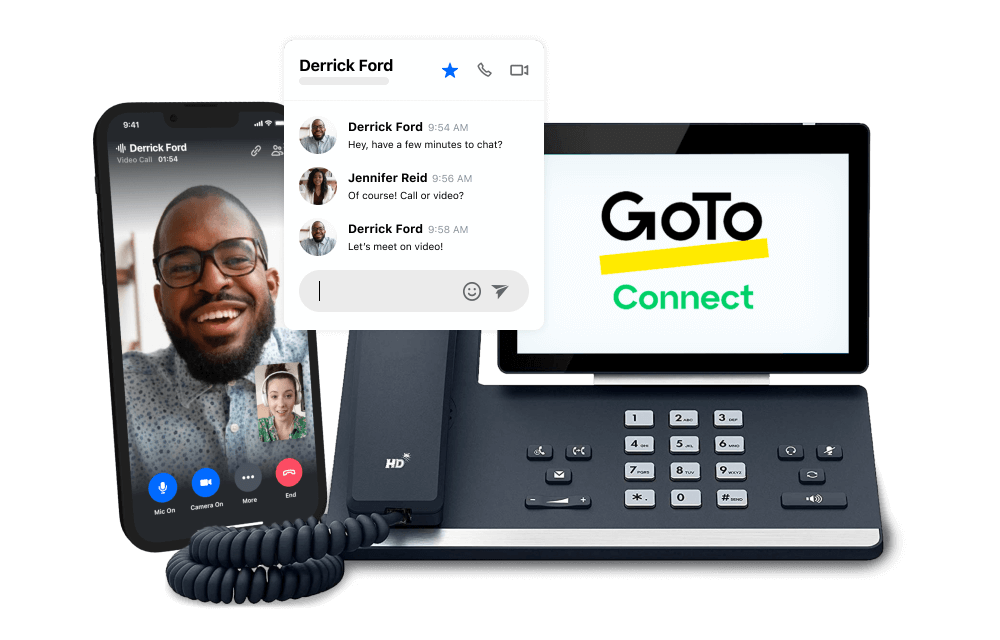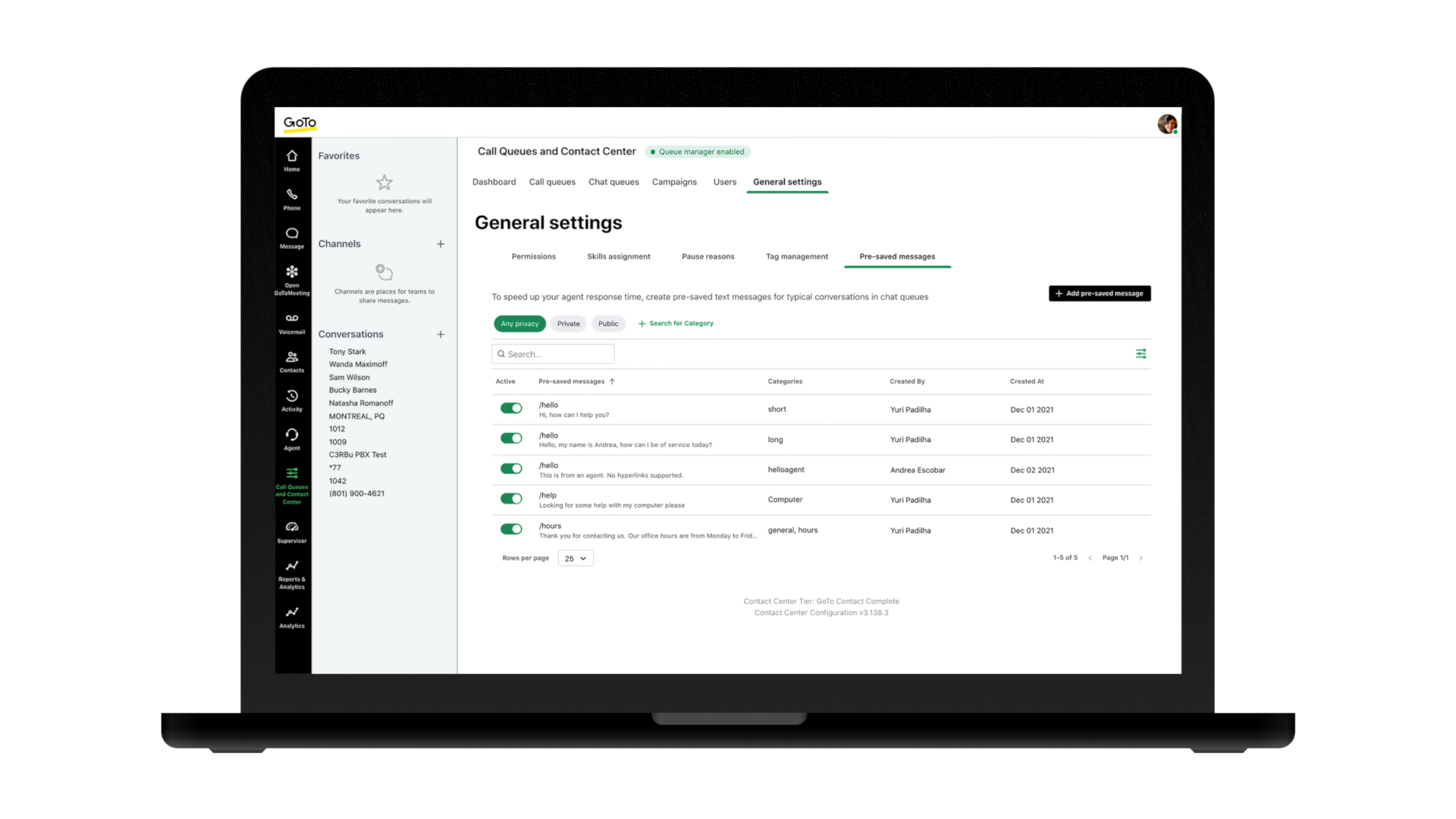Small businesses need to start thinking like an enterprise
Don’t let your headcount dictate your ambitions

Just because the size of your organisation is limited, that doesn’t mean your strategy should be as well. While they may not have the capital resources of bigger companies, small businesses have just as much to gain from borrowing the approach of large enterprises, and cloud technologies have levelled the playing field in terms of making these more accessible without the upfront investment.
Part of running a business is making tough decisions, and with small businesses in particular, accepting that you’ll have to make certain compromises comes with the territory. While the plentiful resources of larger organisations allows them to pursue more ambitious projects and to take greater risks, companies at the other end of the scale don’t always have that luxury.
The flip-side of this, of course, is that a smaller organisation brings with it certain advantages. This is especially true from a customer service perspective, and one of the most compelling benefits is the ability to offer a more personal service, with greater attention to detail and a white-glove approach to meeting the customer’s needs.
However, this doesn't mean that small businesses can't also learn from some of the strategies and tactics employed by larger enterprises. There are many ways in which adopting the mindset of a bigger company can give startups and small businesses an edge when planning their approaches.
Levelling the playing field for small businesses
One such element is responsiveness and communication. When dealing with a global company, customers expect to be able to reach a representative almost instantly, whether they’re discussing a new order, altering their payment details or seeking technical support for an issue. It’s also generally accepted that these companies will offer a variety of ways for customers to get in contact with them, including email, live chat, messaging apps or phone calls.
Traditionally, this would have been accomplished by having a fleet of phone operators and customer support staff sat in a call centre, standing by to handle people’s queries and route them through to the appropriate team. This usually requires a sizeable investment, not just in terms of the number of staff needed to fill these roles (which could be significant for organisations with high levels of inbound communication) but also in terms of the PBX telephony systems and contact platforms that customers would contact them through.

This approach to contact centre infrastructure puts SMBs at something of a disadvantage, as they may not have the capital to spare on expensive systems and large numbers of staff to manage them. Now, however, advancements in cloud technology have put these capabilities within reach of smaller organisations. Platforms like GoTo Connect combine the features of enterprise-grade telephony infrastructure with modern omnichannel customer interaction systems, all operated on a simple monthly payment plan that’s affordable for organisations of any size.
Many of these are designed to provide smaller companies with the tools to offer the kind of smooth, seamless customer experience that one would expect from a much larger organisation. The combination of digital receptionist capabilities, automatic callbacks and customisable call handling rules, for example, allow incoming communications to be managed in a variety of ways, such as placing callers in a queue to be answered by the next available agent, having calls go through to multiple extensions at once, or for callers to be automatically passed to a different extension if there’s no answer from the first.
This can help a small team process a much higher volume of incoming requests, reducing the need for customers to call back later. As well as reducing frustration and dissatisfaction on their part, this also means that potential sales opportunities or technical issues can be picked up and addressed more quickly - resulting in more growth for the business.

Scalability is key when adopting new tools
For SMBs who want to speed up their call processing efforts even further, GoTo Connect also includes admin dashboards offering real-time visibility into agent activity, as well as analytics data for the contact centre as a whole. With full insight into metrics like how quickly customers are being handled and how long queues are, businesses can optimise their customer contact processes and deploy agents to where they’re most needed to help keep things running smoothly.
Cloud-based contact centre systems such as this are also built to support operations as they scale - which is another key lesson that enterprise IT structures can teach smaller businesses. If pressure on customer support teams is low, it can be tempting to stick to more basic systems that don’t have many features but require less setup, on the basis that those extra capabilities aren’t needed at that point. However, while the volume of calls your business has to deal with might be small now, it hopefully won’t be forever.
Most large organisations have learned the hard way that by planning ahead and considering how the systems you’re putting together now can help support your needs as you grow, you can avoid huge amounts of pain later on. If not, you could end up with a system that needs to be replaced later down the line - which adds additional time, expense and migration work.
This applies to everything from application infrastructure and storage solutions, to contact centre solutions and remote support services. Handling support queries through manual emails and physical desk visits may be fine when you've got 10 staff members, for example, but when you've got 100 or 1,000, it doesn't work so well. As tickets pile up, support staff will end up overworked and burnt out, while user problems risk going unaddressed.

Just like GoTo Connect, remote support solution GoTo Resolve’s cloud-based platform and per-user monthly licencing structure is designed to expand along with your organisation, which prevents bottlenecks and ensures that small businesses aren’t left with a costly upgrade on their hands when they outgrow the limits of their IT toolset.
Doing more with less
Compromises are an inevitable part of running any small business, but SMBs shouldn’t have to compromise when it comes to their customers, and just because they don’t have the same resources as big multinational giants doesn't mean they can't give their customers a modern, enterprise-grade experience. By adopting the lessons of these large companies and applying them with the attentive customer-focused attitude that characterises smaller businesses, SMBs can have the best of both worlds.
Are you a pro? Subscribe to our newsletter
Sign up to the TechRadar Pro newsletter to get all the top news, opinion, features and guidance your business needs to succeed!